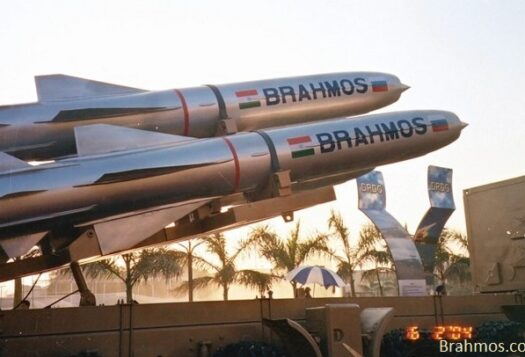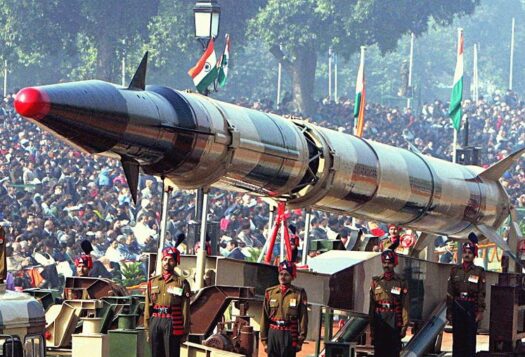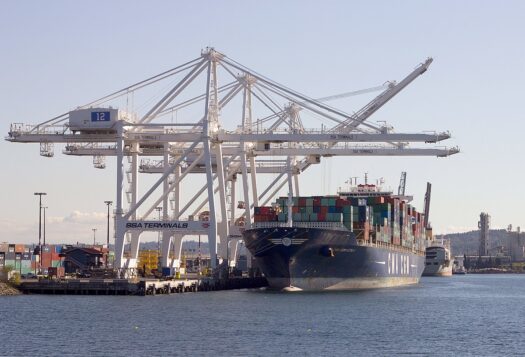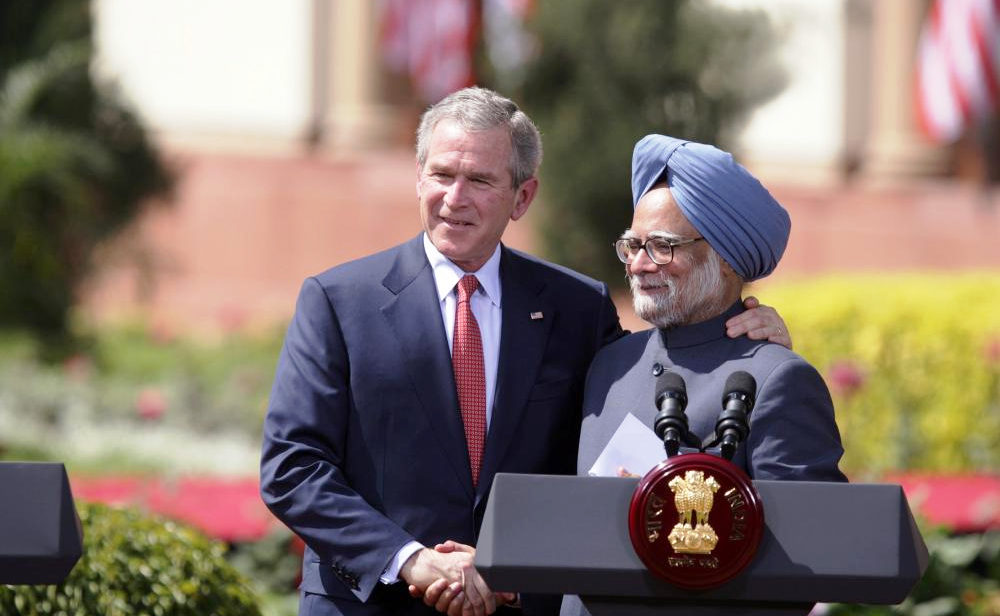
The 2008 civil nuclear deal is the most important episode in U.S.-India relations in at least three decades. From the perspective of the United States, the deal was not really a quid pro quo arrangement. It was rather an admission that the U.S.-led global nonproliferation regime’s refusal to recognize India as a responsible nuclear power was needlessly harming U.S.-India relations. The United States judged that the benefit to U.S.-India relations of welcoming India into the nuclear mainstream outweighed the risk of undermining nonproliferation norms by doing so. However, to sell the nuclear deal to Congress and the American public, the deal’s U.S. architects needed more tangible benefits to tout. Thus, in addition to improved strategic relations with India, the U.S. government said the deal would result in valuable economic opportunities for American companies and (to a lesser extent) environmental benefits stemming from reduced fossil fuel consumption in India. Ten years on, the U.S.-India nuclear deal has benefited the United States in terms of improved strategic relations with India, but it has not delivered the expected economic opportunities for American companies or environmental benefits.
Assessing the extent to which India has fulfilled U.S. expectations to be a better strategic partner because of the deal is complicated by the fact that explicit expectations were never established. There was a general hope in the United States that the deal would increase the Indian government’s willingness to cooperate with the United States on various diplomatic, military, and commercial initiatives – that India would become a ‘responsible stakeholder’ in the U.S.-led international order – but no more specific expectations were defined. This ambiguity was presumably at the request of Indian negotiators, who might have had difficulty selling specific concessions domestically. But in a similar vein, U.S. negotiators did not seem to have specific asks in mind either. A possible exception was a 2005 vote against Iran by India at the International Atomic Energy Agency (IAEA), which many in India felt was done at the behest of the United States.
Since 2008, some in Washington have been disappointed by India’s reluctance to align more closely with the United States on issues such as sanctions on Iran or reducing Indian arms purchases from Russia. This arguably stems from unrealistic expectations which developed during the nuclear deal’s passage. The ambiguity about what the United States could expect from India in terms of strategic relations allowed excessive expectations to grow in the minds of some, leading to frustrations. However, most in Washington are pleased with the trajectory of U.S.-India relations since 2008 and there are no serious discussions about reducing the level of engagement with India. Strategic cooperation has increased when measured by several metrics: joint military exercises, arms sales, and high-level bilateral visits. It is also useful to consider the counterfactual. If not for the nuclear deal, U.S.-India relations would almost certainly be significantly cooler because of the unresolved issue of India’s sanctioned nuclear program.
The desire to improve U.S.-India relations was driven by concerns about deteriorating U.S.-China relations. Advocates of the nuclear deal believed that developing a better relationship with India and helping it balance against China were more important than maintaining a policy of trying to have roughly co-equal relations with Pakistan and India. The process of winning support for the nuclear deal in the United States helped advance a dialogue among strategists about how U.S. policy toward India should fit into the larger context of South Asia and Asia as a whole. The nuclear deal made more sense for the United States in 2005 if one believed that the Sino-U.S. rivalry would become the dominant issue for the United States in Asia, superseding all others in terms of importance. A growing bipartisan consensus in Washington around this belief has thus validated this prediction by the deal’s advocates and, by extension, the United States’ effort to improve strategic relations with India.
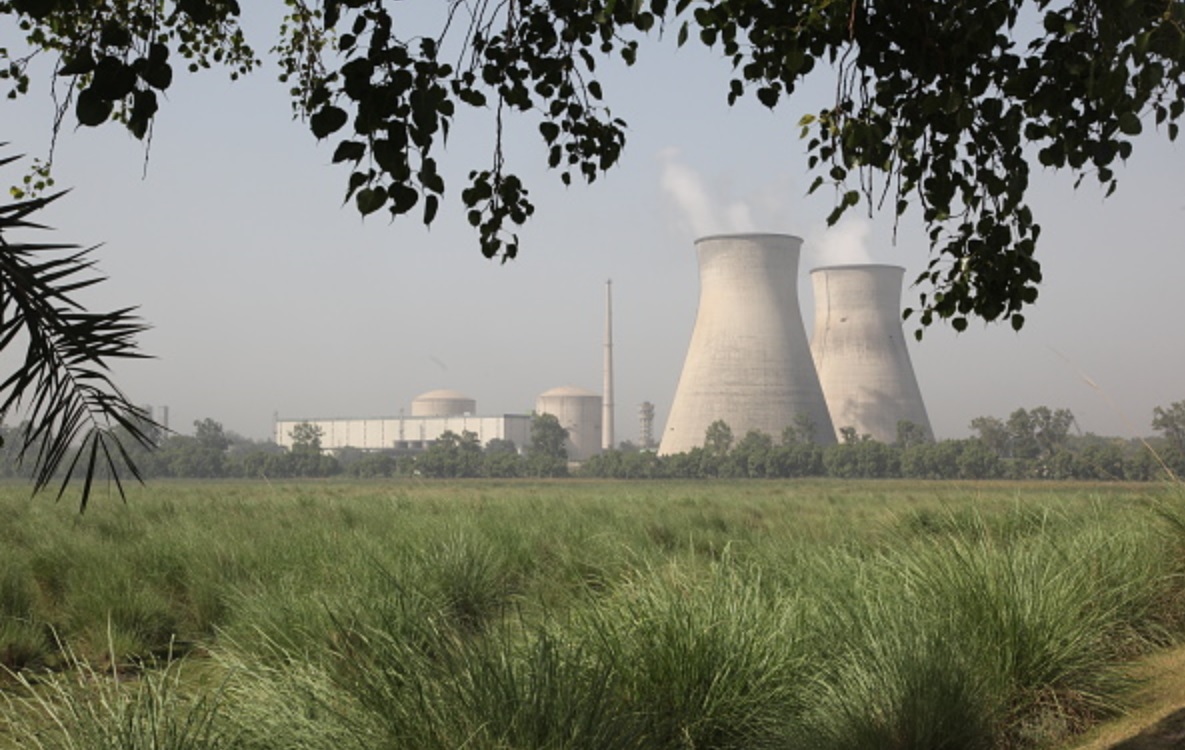
The United States’ economic expectations for the nuclear deal have clearly failed to materialize, however. Proponents of the deal suggested it would pave the way for American companies in the nuclear power field to win billions of dollars of new business in India, but today such companies are doing very limited work in India. General Electric will support the French utility Électricité de France in the design and operation of a new nuclear power plant in Maharashtra, which is still being negotiated, but Westinghouse’s plan to build six reactors at a new plant in Andhra Pradesh has been jeopardized by the company’s bankruptcy. Russia is currently India’s only foreign partner for an operating nuclear power plant. Russia and France are each backing the construction of new nuclear power plants in the country.
The lack of U.S. involvement in the nuclear power industry in India is due to a combination of India’s reluctance to pay for relatively more expensive U.S. technology and American companies’ reluctance to assume liability risks the Indian government has declined to assume. Whereas most countries indemnify companies supplying nuclear technology against damages stemming from the failure of their technologies, India does not. The Indian government has offered subsidized insurance as a potential solution to the issue, but U.S. companies are still weighing the risks of conducting business in the nuclear field in India against potential gains. However, the failure of American companies to secure nuclear-related business in India has had little negative influence on U.S.-India relations overall, perhaps because the industry’s political power pales in comparison to the other industries (like defense, oil and gas, and medical devices) whose business with India has expanded since the deal’s passage.
India has also not increased its investment in nuclear power as significantly as expected since the nuclear deal was finalized. This has meant that the expected environmental benefits of the nuclear deal have not, at least yet, materialized. In 2017, nuclear power represented just over 3.5% of India’s total energy production, only slightly higher than in 2002. It is unclear how that might change in the coming years when, or if, new nuclear power plants come online. India agreed to greatly increase its nuclear power capacity as part of the Paris Agreement on climate change in 2015, but has since reduced its future estimates of nuclear power considerably.
Finally, it is worth noting an additional set of expectations that did not pan out. Opponents of the nuclear deal in the United States claimed that it would lead to the unraveling of the Nuclear Nonproliferation Treaty (NPT), the basis of the global nonproliferation regime, which has not occurred. The biggest proliferation concern today is North Korea, an issue that predates the U.S.-India nuclear deal. Another concern raised by U.S. opponents of the nuclear deal was that it could catalyze a nuclear arms race in Asia, which has not developed to the extent they feared.
For the most part, Washington is satisfied with how its side of the U.S.-India nuclear deal has panned out. U.S.-India strategic relations have improved, which was the deal’s primary objective. Although the expected economic and environmental benefits have not materialized, the hope that they will remains alive. If they do, it will be the icing on the cake.
***
Image 1: White House Photo by Paul Morse via Wikimedia Commons
Image 2: Pallav Bagla/Corbis via Getty Images
